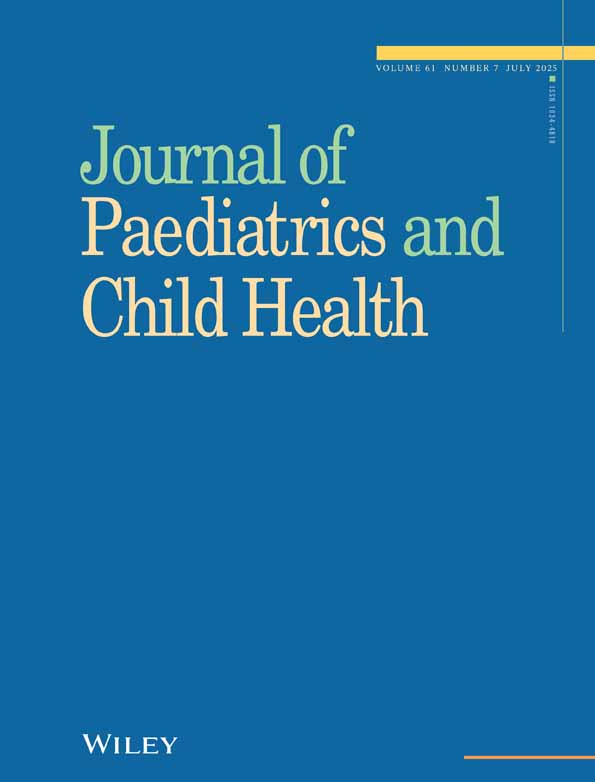Anaemia and thalassaemia in healthy adolescents from southern Chinese families
A. M. C. Li, MB, BS, FRCP(Edin.), DCH, Senior Lecturer; M. Y. Cheng, MB, BS, FRCP(Glas.), DCH, Honorary Lecturer.
Abstract
Abstract A study was conducted on 447 healthy high school students of southern Chinese descent to determine the prevalence of anaemia and thalassaemia. Haematological data and serum ferritin levels were determined on all venous blood samples. Haemoglobin (Hb) etectrophoretic study was conducted on 43 students who had anaemia (Hb<12 g/dL), and/or mean corpuscular volume (MCV) less than 80 fL. They were re-assessed after 1 month of oral iron therapy. Three girls had definite iron deficient anaemia (<1%). Thirty-nine students had either α or β-thalassaemia, only seven of whom showed anaemia Since the overwhelming majority of both the thalassaemic students (38 of 39) and the participants (429 of 447) were of Cantonese extraction (native of Guangdong province), the overall incidence of 8.6% (α-thalassaemia 5.4%, β-thalassaemia 3.4%) reflected the high frequency of the thalassaemia gene among this group of southern Chinese. MCV measurement rather than Hb, was more useful in its detection.




